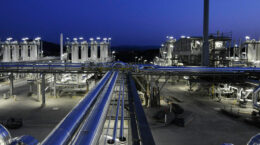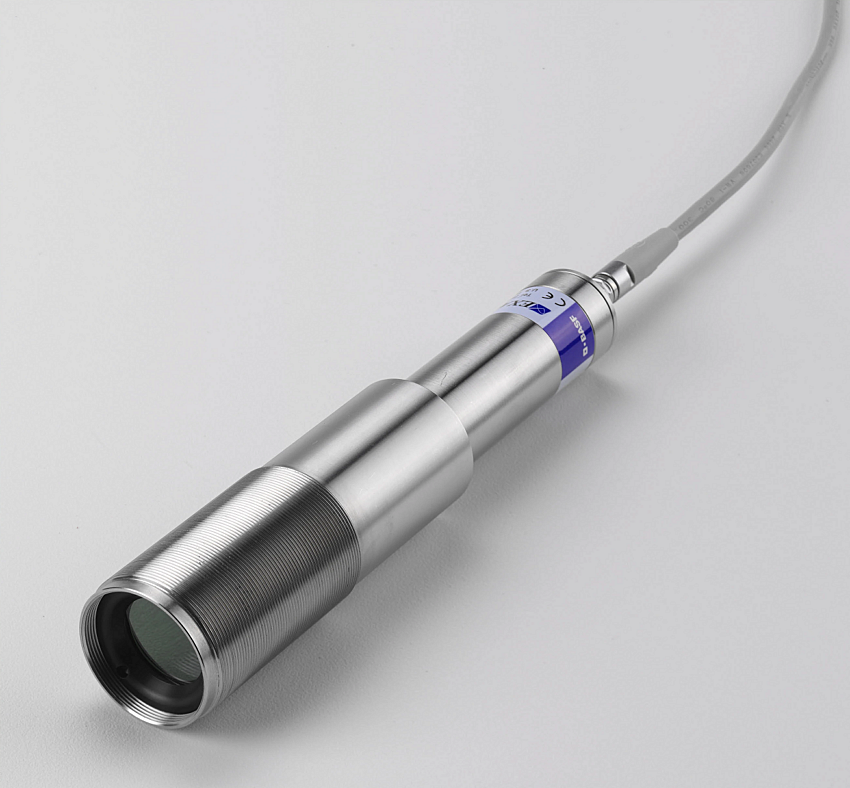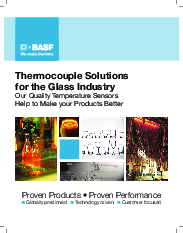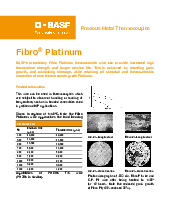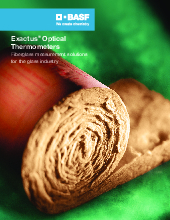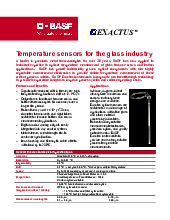Life and stability of in-glass thermocouples, when properly designed and installed are generally excellent for all traditional soda-lime and borosilicate glass compositions. All of the soda-lime glasses (except amber), found in container and float, as well as any of the fiberglass compositions should pose little threat to the sensor. Such is not the case with leaded, opal, high arsenic and other specialty glass.
High lead glass has a tendency to become unstable during the early melting and refining process and may locally decompose or reduce in the presence of precious metals. It is not fully understood at this time if the catalyzing ability of platinum and its alloys contribute to or promote this occurrence. In either case, the lead compounds react with the precious metal causing disintegration of the sheath and ultimate attack of the assembly by the glass constituents. Life expectancy of thermocouples in leaded glass tends to vary with lead content. As an example, 3 to 6 months for 24% Pb is typical, but great variations have been noted to exist. In general, once the glass has been refined and most of the SO2, CO and CO2 have been desorbed compatibility with the precious metal is re-established. This is noted in many applications where forehearth immersion thermocouples perform adequately whereas melter and to a lesser degree refiner units regularly fail. At this juncture dual sheath assemblies with or without precious metal liners, in dense dead end blocks is the only practical recommendation that can be made for monitoring or controlling melter temperature.
Precious metals are readily attached by the Halogens. Opal, and other glasses relying on fluorine compounds as a colorant will destroy immersion assemblies in a short time period. Even low level fluorine bearing glasses have a tendency towards metal attack. The life of thermocouples must be determined for each application.
Flatware and other products relying on arsenic or lithium additives as brightening agents have proven problematical on occasion. While concentrations of the additives are low, upsets in redox potential due to combustion control excursions have been noted to cause local reduction of the element and subsequent destruction of the precious metal.
Amber glass has been well documented in recent years for the cause of its incompatibility with precious metals. The sulfur within the coloring agents combine with the rhodium forming a glassy phase compound which dissolves readily in the soda-lime matrix. The use of ODS Platinum completely eliminates this occurrence and should be exclusively used in all amber tank applications.



